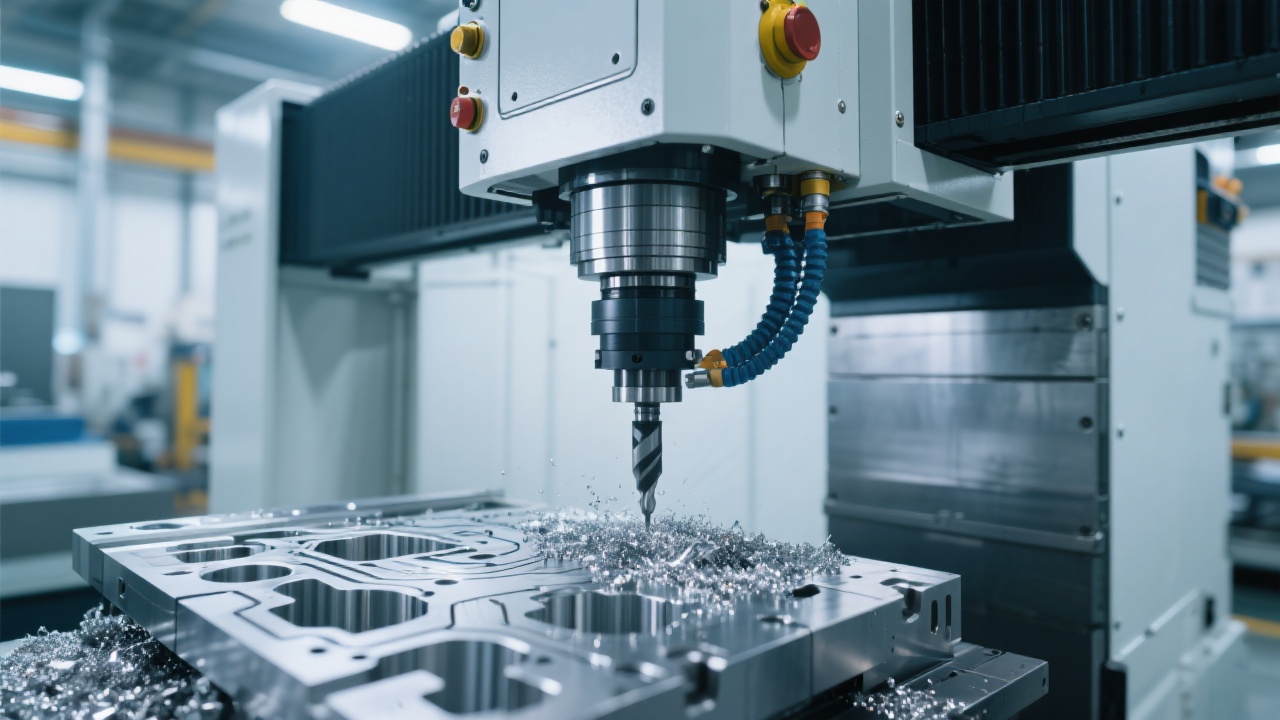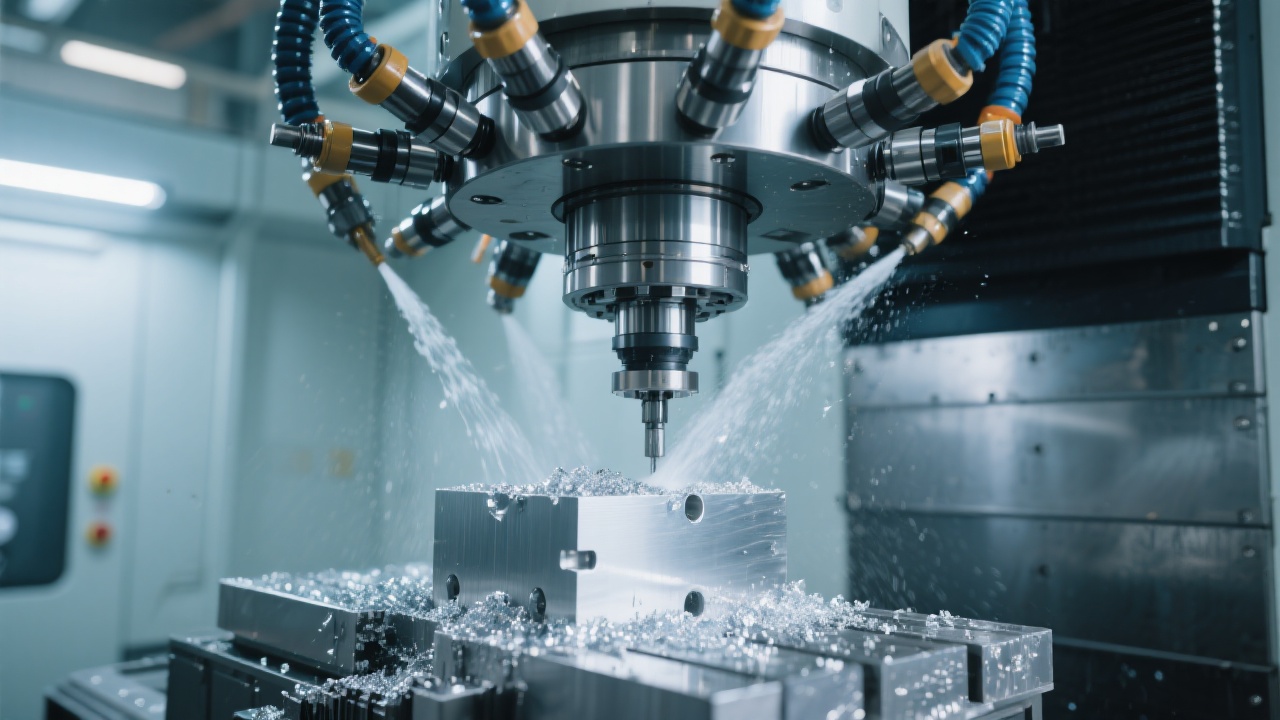
The manufacturing sector has been on a steady trajectory toward smarter, more reliable, and highly precise production lines. Particularly within vacuum processing, the emergence of intelligent control systems and enhanced design architectures is revolutionizing how equipment operates under demanding conditions. In 2024, dry vacuum graphite machining centers, such as the DC6060G, exemplify these advances by integrating full-seal enclosures with state-of-the-art digital controls, effectively addressing longstanding challenges like graphite dust corrosion and real-time fault detection.
Vacuum technology advancements primarily focus on three pillars: improved airtightness, efficient dust removal, and intelligent automation. Historically, graphite machining environments struggled with pervasive dust issues that degrade precision and accelerate wear. The DC6060G, for example, features a fully sealed vacuum chamber that maintains optimal pressure differentials, drastically minimizing dust ingress and escape. Coupled with an advanced suction and filtration system, this approach prevents corrosion and contamination, ensuring stable machining consistency throughout extended production cycles.
The DC6060G’s closed-loop system not only mitigates environmental contamination but also complies with increasingly stringent environmental standards—a crucial factor in today's sustainable manufacturing landscape.
Beyond mechanical innovations, the digital control suite embedded in the DC6060G empowers operators with real-time equipment state awareness. Sensors integrated throughout the vacuum chamber and control unit continuously monitor parameters such as chamber pressure, motor currents, and temperature fluctuations.
This data is processed by embedded algorithms capable of detecting anomalies indicative of wear or impending failures. The system then triggers warnings or, in more advanced setups, initiates automatic fault diagnosis protocols—transitioning maintenance from reactive to predictive. Such capabilities have led to a reported reduction in unplanned downtime by as much as 30% among early adopters.
Automation of diagnostics also streamlines troubleshooting workflows, reducing the need for specialized manual inspections and thus lowering maintenance overhead.

The impact of such vacuum machining enhancements ripples through high-value sectors like new energy battery production and semiconductor mold fabrication. These industries demand exceptional machining precision—often down to micrometer-level tolerances—while coping with abrasive dust generated during graphite milling.
For instance, a notable lithium-ion battery manufacturer incorporated the DC6060G into their production line, reporting a 25% increase in component yield stability and an 18% reduction in maintenance expenses over six months. Similarly, a semiconductor mold producer achieved tighter dimensional consistency with fewer reworks, attributed largely to the equipment's stable vacuum environment and proactive fault alerts.

These successes underscore how integrating robust sealing and intelligent systems is not just a theoretical upgrade but a practical necessity to stay competitive in complex manufacturing arenas.
Traditional equipment maintenance often remains reactive, only addressing faults once they disrupt production. However, as the DC6060G demonstrates, embracing real-time monitoring and automatic diagnostics unlocks a predictive maintenance paradigm. This transition yields multiple benefits:
| Benefit | Impact |
|---|---|
| Enhanced Production Stability | Reduced process variability by up to 20% |
| Lower Maintenance Costs | Up to 30% drop in unexpected repairs |
| Improved Machining Precision | Tightened tolerances leading to fewer defects |
While the upfront investment in intelligent vacuum machining centers may be higher, the long-term total cost of ownership (TCO) demonstrates meaningful savings and quality gains, justifying the shift in manufacturing strategy.

Looking forward, companies should prioritize integrating these intelligent vacuum technologies with broader Industry 4.0 frameworks, enabling centralized data analytics and cross-equipment coordination. This holistic approach will elevate responsiveness and reliability across entire manufacturing ecosystems.
Has your industry encountered challenges with dust contamination or equipment downtime? Share your specific scenarios, and we can provide tailored case studies demonstrating proven solutions in your field.
